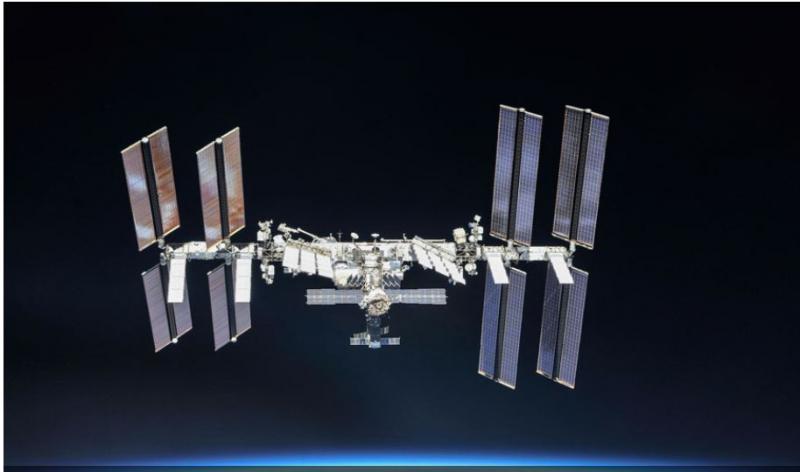
It appears debris caused by A-SAT (anti-satellite) missile tests is not the only thing endangering the International Space Station. A recent, and first-of-its-kind, study, published in the journal Microbiome, has provided a comprehensive catalogue of the bacteria and fungi which call the closed space system home. Here to be noted that the station, which began being built in 1998, and housed its first long-term residents in 2000, orbits around 250 miles above the Earth, in the region known as Low Earth Orbit. ISS has been visited by more than 222 astronauts over the course of its operation. There are currently six astronauts on board the station.
also read Scientists capture the17feet long python in US
The microbes on the ISS were mostly human-associated, with the prominent bacteria being Staphylococcus, Pantoea and Bacillus. The study noted "On Earth, they are predominant in gyms, offices, and hospitals, which suggests that the ISS is similar to other built environments where the microbiome is shaped by human occupation,". Dr Kasthuri Venkateswaran, a senior research scientist at the NASA Jet Propulsion Laboratory and one of the study’s authors, said, “The ISS is a hermetically sealed closed system, subjected to microgravity, radiation, elevated carbon dioxide and the recirculation of air through HEPA filters, and is considered an ‘extreme environment’.”
also read This terrific video direct from Circus surely will give you goosebumps…viral video inside
Dr Venkateswaran added, “The influence of the indoor microbiome on human health becomes more important for astronauts during flights due to altered immunity associated with space flight and the lack of sophisticated medical interventions that are available on Earth. In light of an upcoming new era of human expansion in the universe, such as future space travel to Mars, the microbiome of the closed space environment needs to be examined thoroughly to identify the types of microorganisms that can accumulate in this unique environment, how long they persist and survive, and their impact on human health and spacecraft infrastructure.”